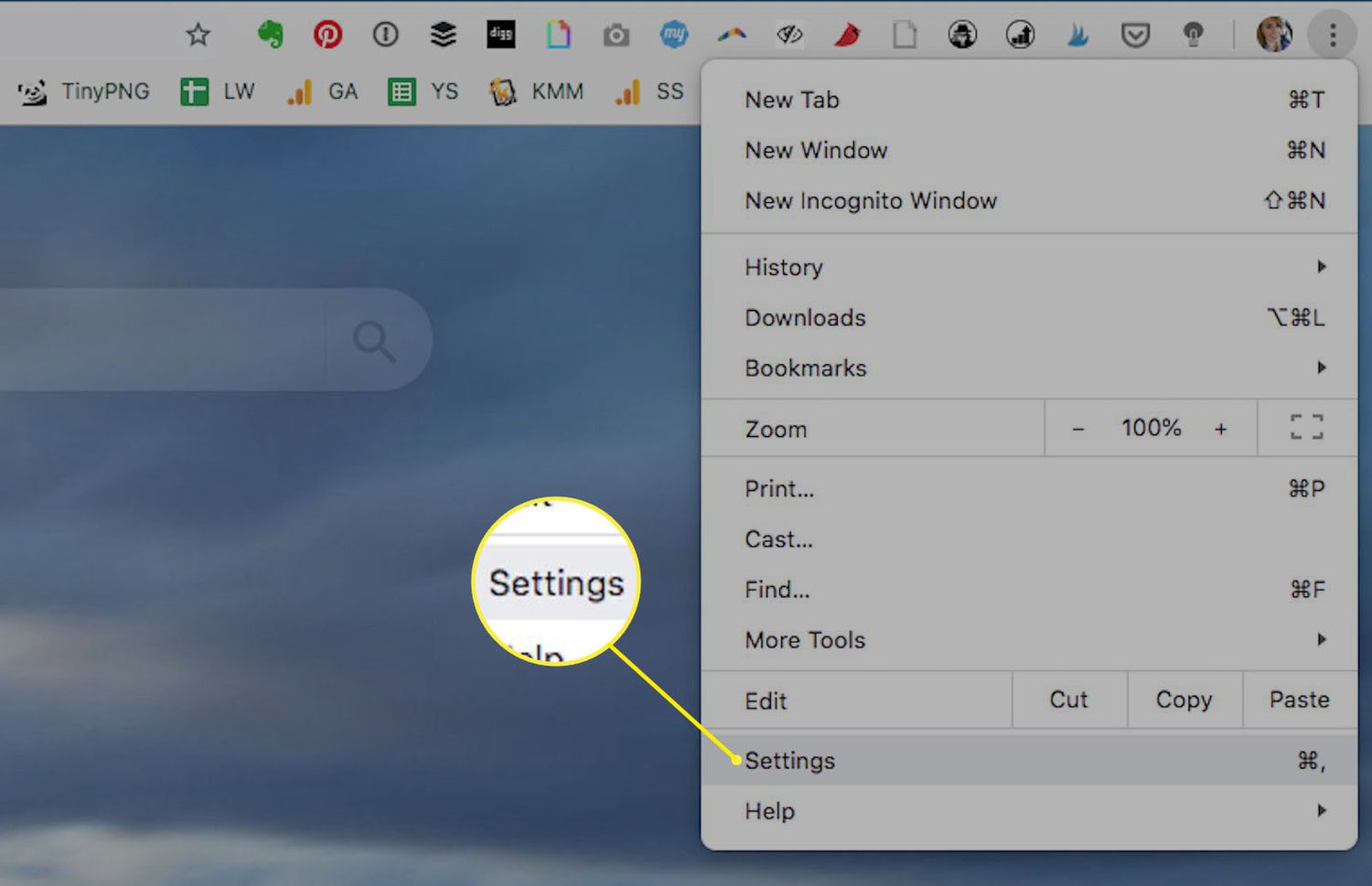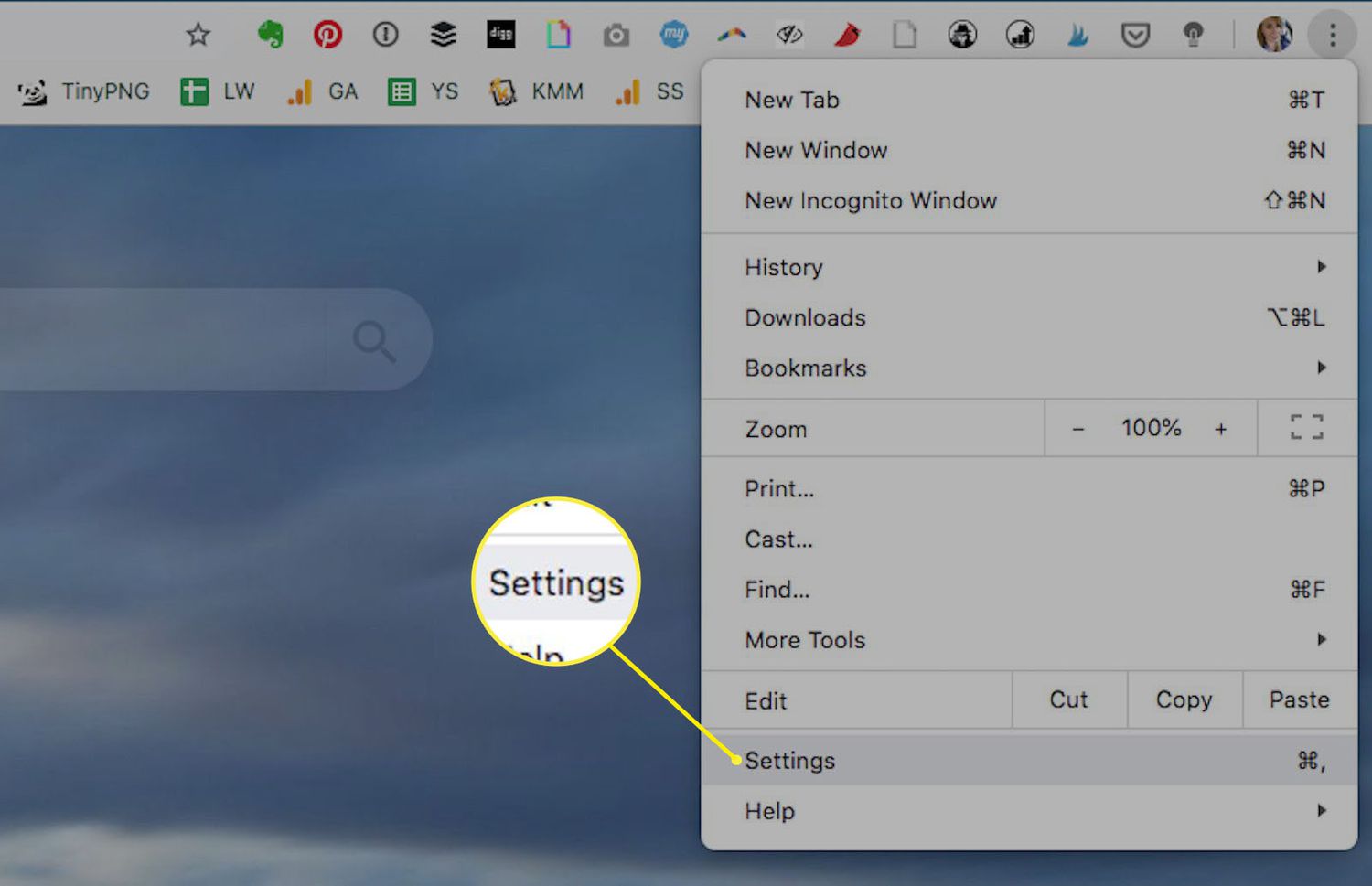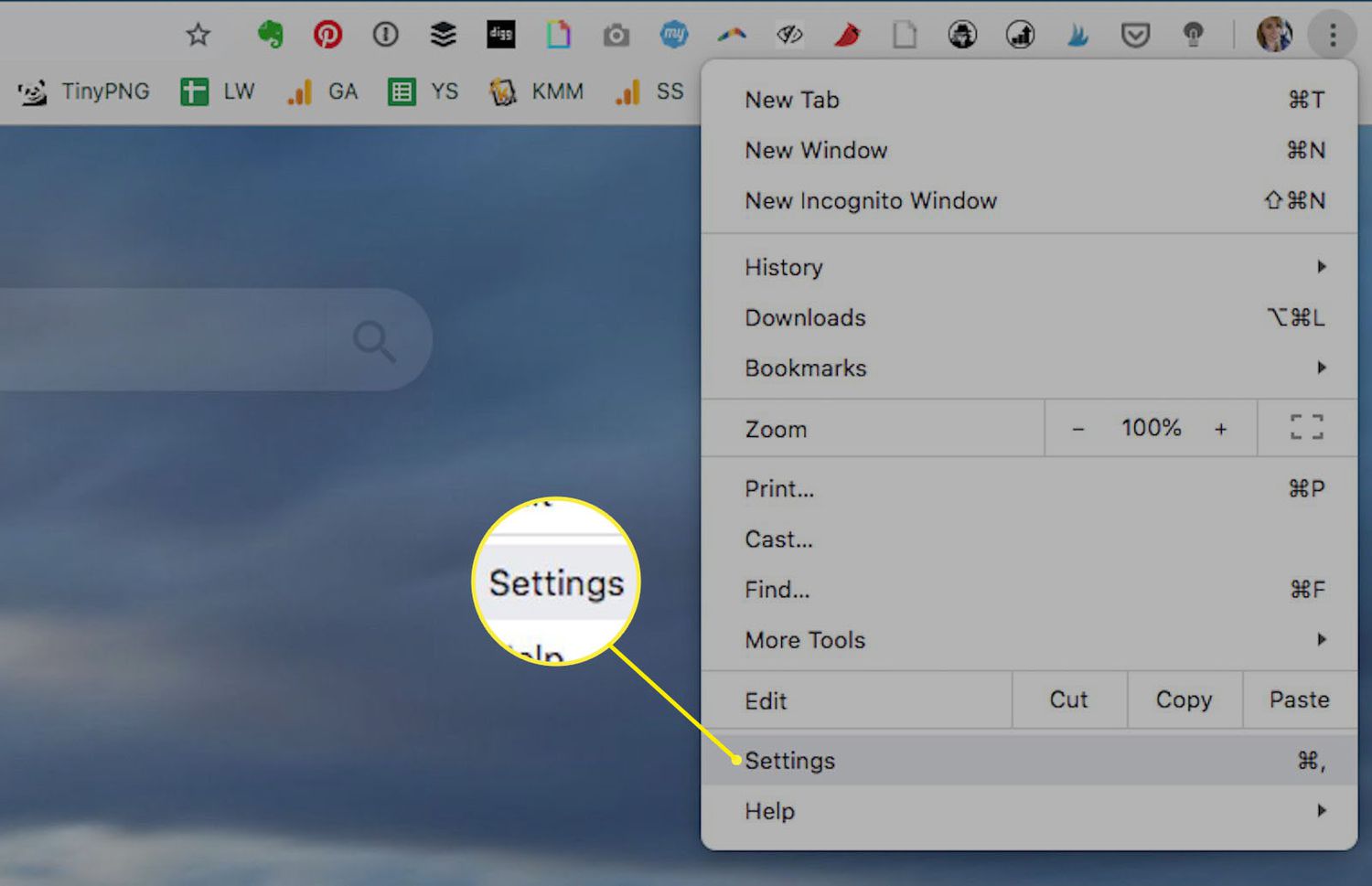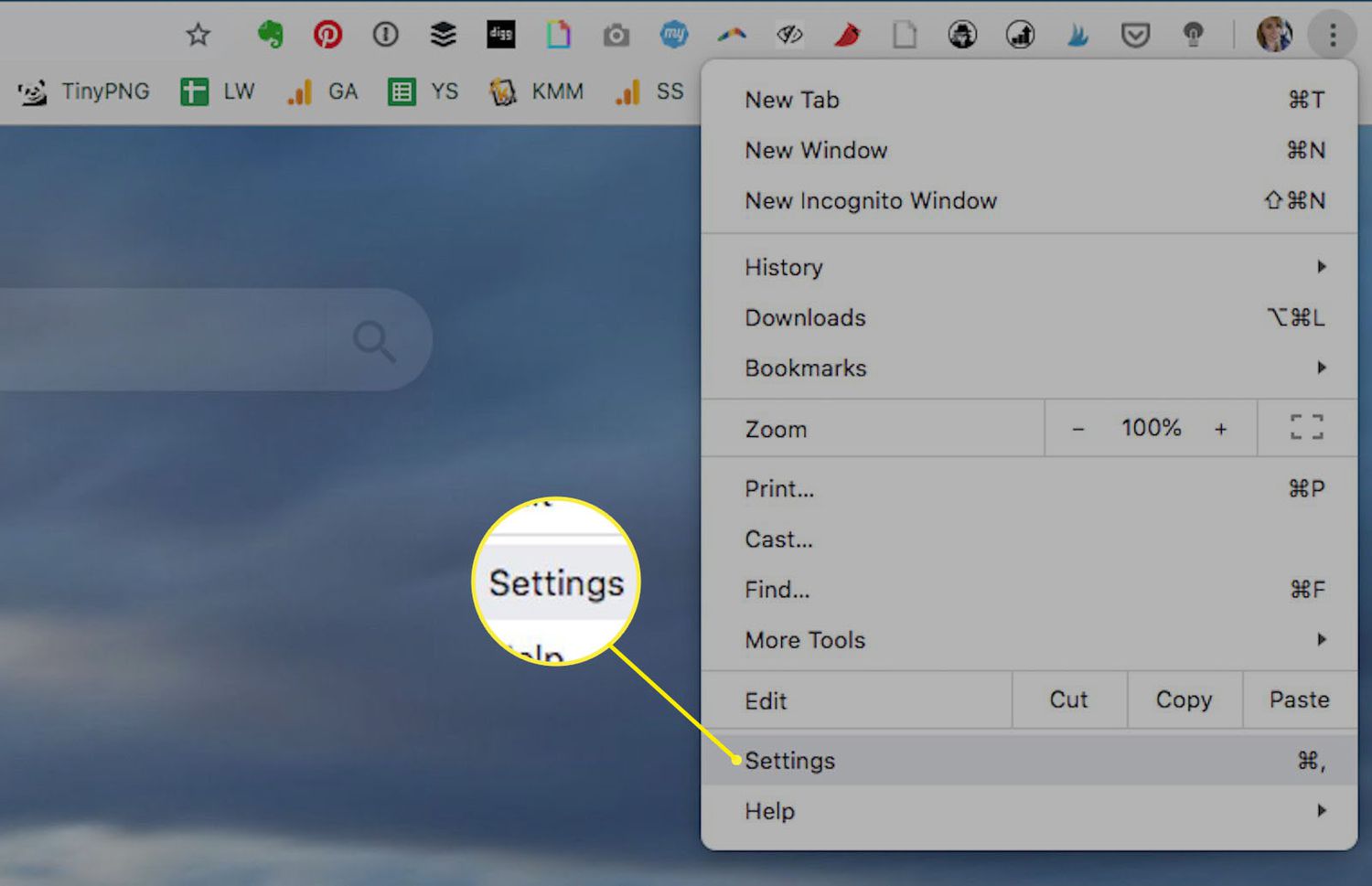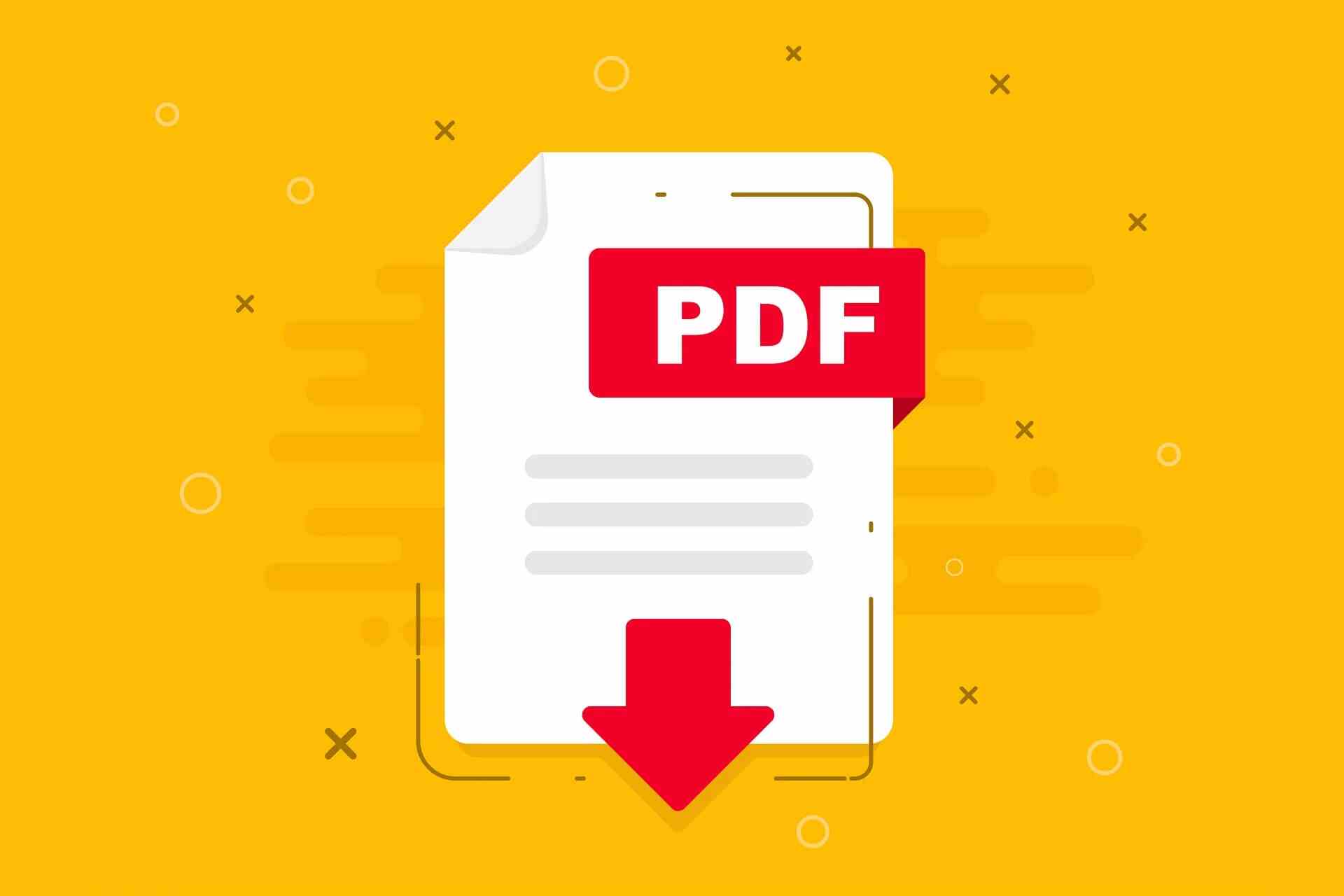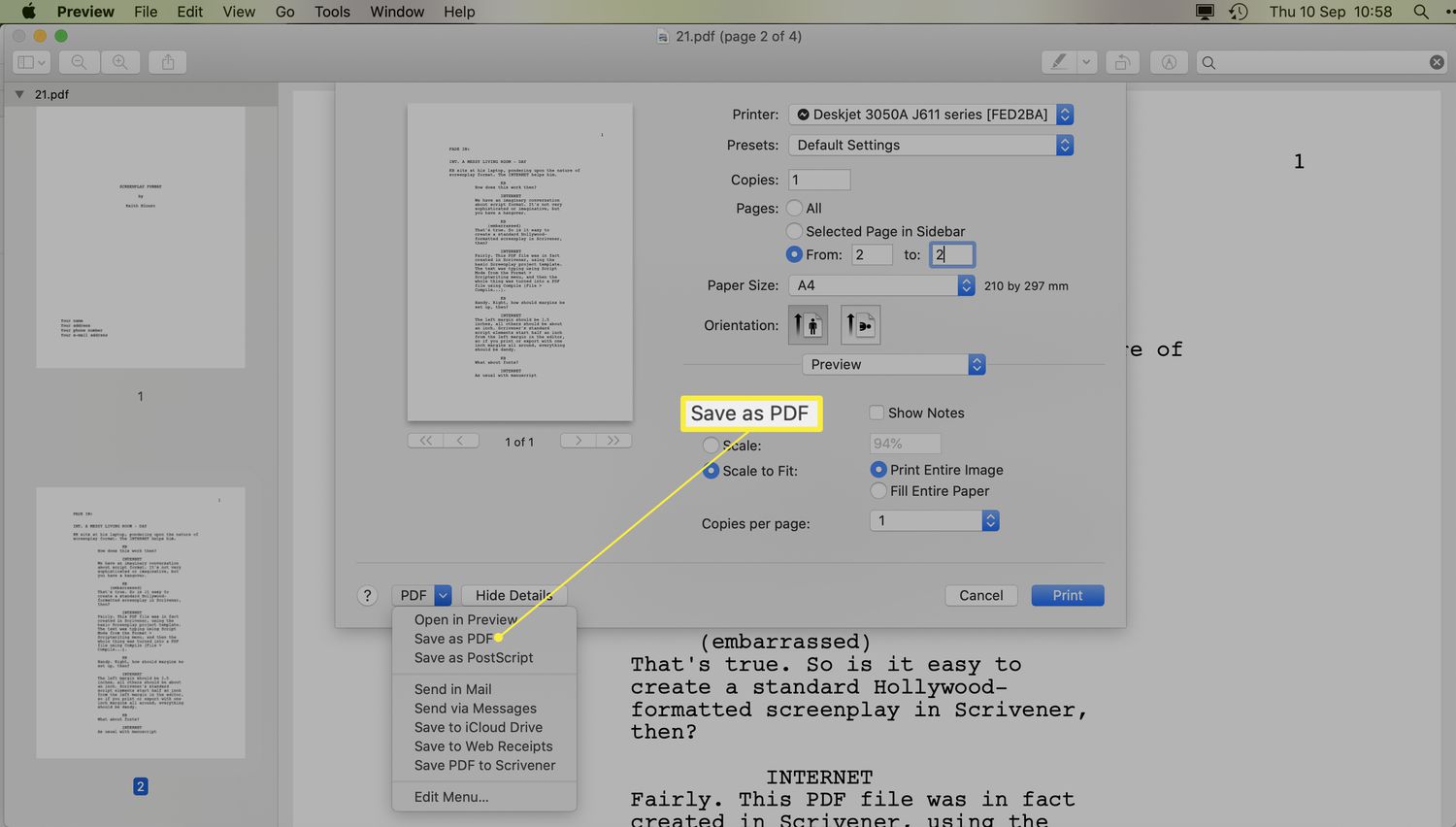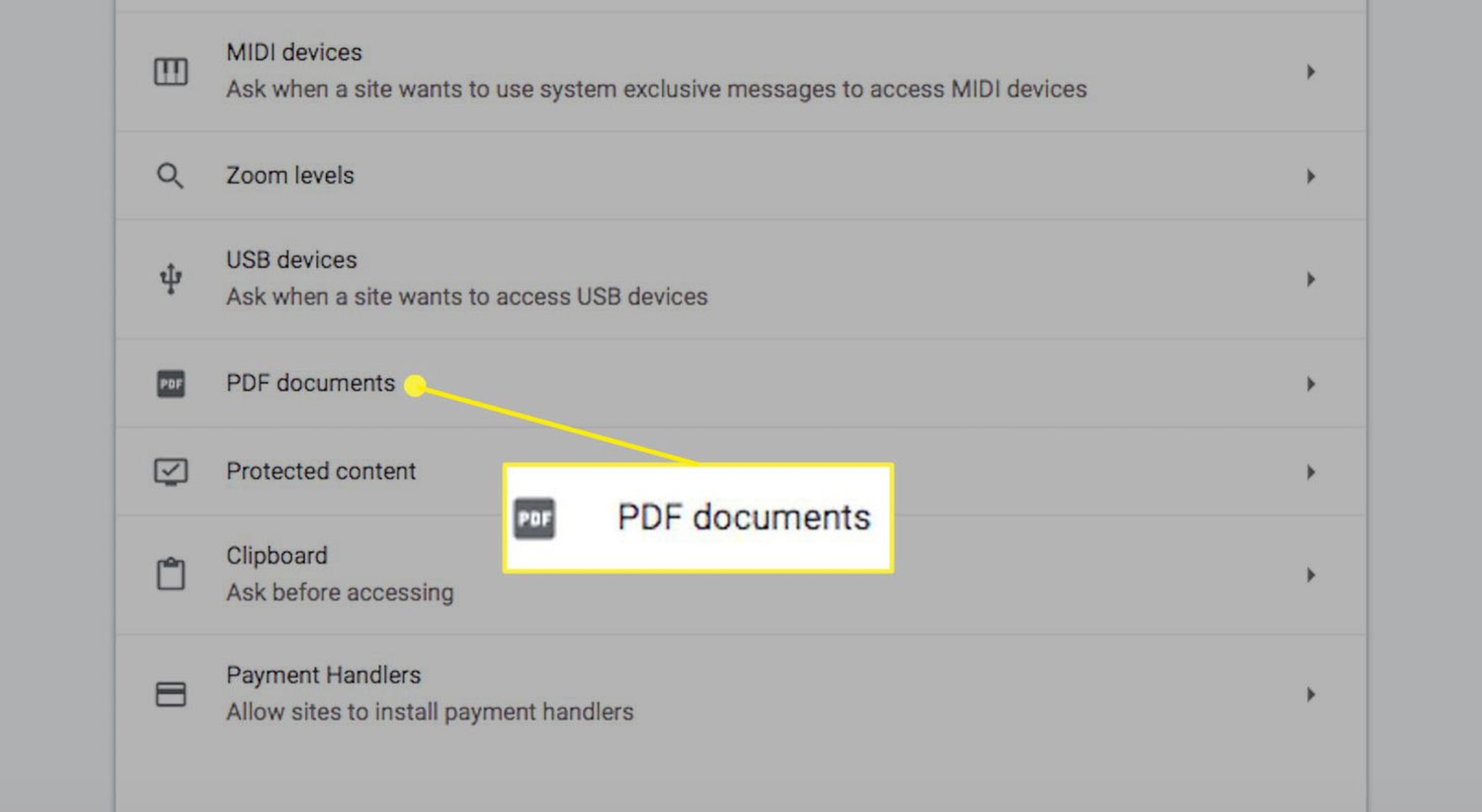Introduction
Opening PDF files in a web browser can be convenient, but it may not always provide the best viewing experience. Adobe Acrobat Reader, a widely-used PDF reader, offers a range of features and customization options that can enhance the way you interact with PDF documents. By setting Adobe Acrobat Reader as the default PDF viewer, you can ensure that PDF files open directly in the Acrobat Reader application, providing a more comprehensive and user-friendly experience.
In this guide, we will walk you through the process of setting Adobe Acrobat Reader as the default PDF viewer on your computer. By following these simple steps, you can seamlessly open PDF files with Adobe Acrobat Reader, allowing you to take full advantage of its robust features and functionalities.
Whether you're a student, professional, or simply someone who frequently interacts with PDF documents, configuring Adobe Acrobat Reader as your default PDF viewer can streamline your workflow and improve your overall productivity. Let's dive into the steps and unlock the potential of Adobe Acrobat Reader for a more efficient and enjoyable PDF viewing experience.
Step 1: Download and Install Adobe Acrobat Reader
To begin the process of setting Adobe Acrobat Reader as the default PDF viewer, the first step is to download and install the application on your computer. Adobe Acrobat Reader is available for both Windows and Mac operating systems, and it can be easily obtained from the official Adobe website. Here's a detailed walkthrough of how to download and install Adobe Acrobat Reader:
-
Visit the Adobe Acrobat Reader Download Page: Open your preferred web browser and navigate to the official Adobe Acrobat Reader download page. You can simply search for "Adobe Acrobat Reader download" in your search engine to find the official download link.
-
Select Your Operating System: Once you're on the download page, Adobe's website will automatically detect your operating system and present the corresponding download link for Windows or Mac. If the automatic detection doesn't occur, you can manually select your operating system from the available options.
-
Initiate the Download: Click on the "Download" button to initiate the download process. Adobe Acrobat Reader is a free application, so you won't be required to make any purchases during this process.
-
Run the Installer: Once the download is complete, locate the installer file in your computer's downloads folder or the location where you chose to save the file. Double-click on the installer file to run the installation wizard.
-
Follow the Installation Prompts: The installation wizard will guide you through the installation process. You may be prompted to review and accept the terms and conditions of the software. Follow the on-screen instructions to complete the installation.
-
Launch Adobe Acrobat Reader: After the installation is complete, you can launch Adobe Acrobat Reader from your desktop or the applications folder on your computer. Upon launching the application, you will be greeted with the welcome screen, indicating that Adobe Acrobat Reader has been successfully installed on your computer.
By following these steps, you can successfully download and install Adobe Acrobat Reader, laying the foundation for configuring it as the default PDF viewer on your computer. With Adobe Acrobat Reader now installed, you're ready to proceed to the next step of setting it as the default application for opening PDF files.
Step 2: Set Adobe Acrobat Reader as Default PDF Viewer
Setting Adobe Acrobat Reader as the default PDF viewer on your computer ensures that PDF files automatically open in the Acrobat Reader application, providing a seamless and consistent viewing experience. By configuring Adobe Acrobat Reader as the default application for PDF files, you can take full advantage of its extensive features and customization options. Here's a detailed guide on how to set Adobe Acrobat Reader as the default PDF viewer on both Windows and Mac operating systems:
For Windows Users:
Method 1: Using Settings
-
Open Settings: Click on the "Start" menu and select "Settings" (the gear icon) to open the Windows Settings panel.
-
Navigate to Default Apps: In the Settings panel, click on "Apps," and then select "Default apps" from the left-hand menu.
-
Choose Default Apps by File Type: Scroll down and click on "Choose default apps by file type" located under the "Related settings" section.
-
Select PDF as Default: Scroll through the list of file types, locate ".pdf" (PDF file type), and click on the current default application (e.g., Microsoft Edge). A pop-up menu will appear.
-
Choose Adobe Acrobat Reader: From the pop-up menu, select "Adobe Acrobat Reader" to set it as the default application for opening PDF files.
Method 2: Using Control Panel
-
Access Control Panel: Open the Control Panel by searching for "Control Panel" in the Windows search bar and selecting it from the search results.
-
Set Default Programs: In the Control Panel, click on "Programs," and then select "Default Programs."
-
Associate a File Type or Protocol with a Program: Click on "Associate a file type or protocol with a program" to open the "Set Associations" window.
-
Choose PDF File Type: Scroll through the list of file types, locate ".pdf" (PDF file type), and click on it to select it.
-
Change Program: Click on the "Change program" button at the top right of the window, and then select "Adobe Acrobat Reader" from the list of available programs.
For Mac Users:
-
Select a PDF File: Locate a PDF file on your Mac and right-click on it to open the context menu.
-
Get Info: In the context menu, click on "Get Info" to open the information window for the PDF file.
-
Choose Default Application: In the information window, locate the "Open with" section and expand it if necessary. Select "Adobe Acrobat Reader" from the list of available applications.
-
Apply to All PDFs: After selecting Adobe Acrobat Reader, click on the "Change All" button to apply this change to all PDF files on your Mac.
By following these steps, you can effectively set Adobe Acrobat Reader as the default PDF viewer on your Windows or Mac computer, ensuring that PDF files open directly in Adobe Acrobat Reader for a more comprehensive and user-friendly viewing experience. With Adobe Acrobat Reader now established as the default application for PDF files, you can seamlessly access and interact with PDF documents using its robust features and functionalities.
Step 3: Open PDF Files with Adobe Acrobat Reader
Once you have successfully set Adobe Acrobat Reader as the default PDF viewer on your computer, opening PDF files with this application becomes a seamless and intuitive process. Whether you encounter PDF documents while browsing the web, receive them via email, or have them stored on your local drive, accessing and interacting with PDF files using Adobe Acrobat Reader is straightforward and efficient.
Opening PDFs from Web Browsers
When you come across a PDF file while browsing the internet, whether it's a research paper, user manual, or an informational brochure, you can effortlessly open it with Adobe Acrobat Reader. Upon clicking a link to a PDF file, your web browser may either display it within the browser window or prompt you to download the file. If the PDF opens within the browser, you can simply click on the "Open with Adobe Acrobat Reader" option, typically located in the top-right corner of the PDF viewer interface. This action will launch Adobe Acrobat Reader and load the PDF file within the application, providing you with access to its full suite of features for viewing, annotating, and interacting with the document.
Opening PDFs from Email Attachments
When you receive an email with a PDF attachment, accessing the file with Adobe Acrobat Reader is a seamless process. Depending on your email client, you can typically click on the attached PDF file to open it directly within Adobe Acrobat Reader. Alternatively, you may have the option to download the PDF file to a specific location on your computer, after which you can simply double-click on the downloaded file to open it with Adobe Acrobat Reader. This streamlined workflow ensures that you can quickly access and engage with PDF attachments using the robust capabilities of Adobe Acrobat Reader.
Opening Local PDF Files
If you have PDF files stored on your computer's local drive, accessing them with Adobe Acrobat Reader is as simple as double-clicking on the file. Upon doing so, Adobe Acrobat Reader will automatically launch and load the selected PDF file, allowing you to view, navigate, and interact with the document using the application's comprehensive set of tools and functionalities. Whether it's a portfolio, report, or presentation, Adobe Acrobat Reader provides a seamless and feature-rich environment for engaging with your local PDF files.
By setting Adobe Acrobat Reader as the default PDF viewer and following these straightforward methods for opening PDF files, you can ensure a consistent and optimized experience for accessing and interacting with PDF documents across various contexts. This streamlined approach empowers you to leverage the full potential of Adobe Acrobat Reader, enhancing your productivity and efficiency when working with PDF files.









